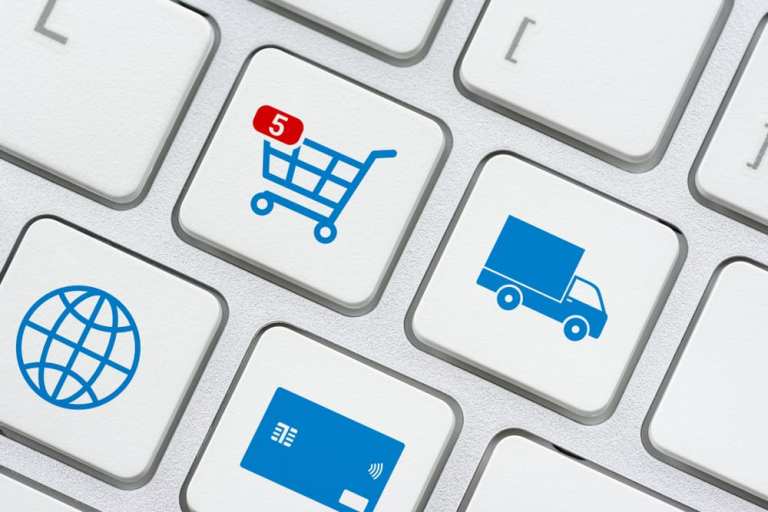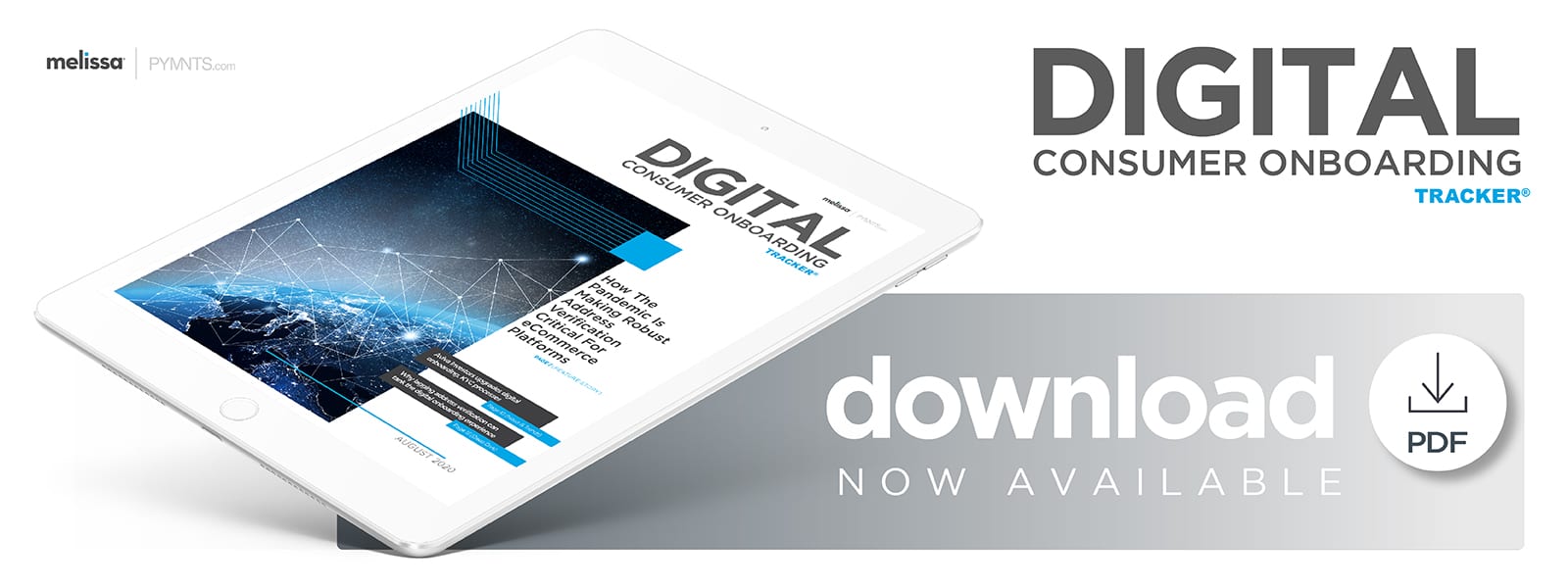The eCommerce industry is trying to find balance as more consumers purchase via digital channels while overall customer spending is dipping during the pandemic.
This means marketplaces cannot afford to simply ride the digital engagement wave — they must actively entice spend-wary consumers to buy from their platforms instead of competitors’.
Seamless customer experiences are essential because consumers that face onboarding strains are likely to seek services elsewhere, Rodrigo Rodríguez, assortment and merchandising regional manager for Latin American eCommerce marketplace Linio, explained in a recent PYMNTS interview. Consumers must be able to quickly find the products they want, register with ease and see that their products are swiftly being sent.
“What we try to do right now is send that new customer directly to the product page, and then [they] can basically add to cart and do everything,” Rodríguez said. “When [they are] going to do the payment, [they] can register in the platform in a super simple way. They can even use some social media to register. [There are] not so many questions asked because the fewer clicks and the less complicated the process is for the customer, the better. Once your [onboarding] process or your user experience turns complicated, it is more probable that the customer or the sale will fall [before] the next steps.”
Verifying all necessary details — everything from consumers’ names and physical addresses to their payment methods — must be done swiftly for engaging customer experiences, he said. Keeping verification safe as well as seamless is essential, even as eCommerce marketplaces respond to customers’ changing needs and payment behaviors during the pandemic.
Advertisement: Scroll to Continue
Address Verification And Easy Onboarding
The pandemic has not necessarily created most of the customer loyalty challenges eCommerce marketplaces face, Rodríguez noted, but it has exacerbated many. eCommerce companies have long been forced to collect specific information from new customers to confirm their identities, and marketplaces have worked for years to speed this process and satisfy consumers.
“Something that we cannot take out right now is [collecting] the address … because that is where [customers are] going to receive [their] products,” Rodríguez said. “So, if you have a bad address, [the sale is] not going to happen. We have a customer experience team and a customer support team that calls our customers sometimes just to make sure their addresses are correct, but … we look at the funnel of views and the whole experience, [including] when and how the customer gets into Linio.”
Ensuring that address details are correct becomes even more complicated when connecting with international customers. Linio currently serves 5 million customers in Argentina, Colombia, Chile, Mexico and Peru and supports individual sellers in North America and Asia, with the latter region accounting for 70 percent to 80 percent of its international sales. Tying together address and payments verification can add security for these sellers, Rodríguez explained, and Linio works with bank and payment processor partners to determine the accuracy of these details. This can help accelerate the process for consumers as well as individual sellers across multiple markets.
“We use a lot of bank [application programming interfaces, or APIs], because we basically verify the address, at least in terms of payments,” he said. “What we do right now … is we verify every process with the bank, we use APIs and we are really engaged and really working as a team with different banks and with different payment platforms.”
Address verification is just one part of keeping the onboarding and the overall customer experience seamless, however. Making sure payments can be processed easily is also important, and it has become more challenging as consumers’ preferred methods change rapidly during the pandemic.
Onboarding And The Payment Question
One side effect of consumers’ pandemic-driven scramble to eCommerce channels has been a shift in payment preferences and behaviors. Shoppers around the globe are experimenting with fresh payment methods as many of their purchases move online, and numerous eCommerce sites are struggling to adapt to these changes.
“For Latin America in particular, there is an additional challenge because not everybody has a bank account,” Rodríguez said. “Not everybody trusts the eCommerce sites, and [establishing trust] has been one of our main focus [areas] for the last couple of years. … That has been one of the main blockers for everybody in the whole region.”
Linio has worked to address this by allowing unbanked and underbanked customers to pay via cash at select brick-and-mortar stores, he said, and those who do are given codes that enable them to complete their purchases on the company’s platform. The process does add an extra step for consumers, however, and many do not want to take extra trips out during the ongoing pandemic. Allowing these cash payments can still help generate the trust necessary to convince customers who are reluctant to try out digital payments to take the plunge, Rodríguez said.
“I think there has been a shift, mostly because customers right now [during the pandemic] need to use this type of [platform],” he said. “[They] have lost a little bit of the fear of putting their personal data on the platform [again], mainly because they have to. [Other platforms] that help you [order] your [groceries] online are having huge increases, and that has helped other platforms like Linio or different eCommerce [marketplaces] because once you trust one platform … you start trusting the [rest and] you start being a digital user. So, it has been a forced entry, but it has helped us a lot in terms of growing our customer base.”
eCommerce marketplaces working to attract and satisfy customers must make sure their users can onboard and receive goods as quickly as possible. The companies that can adjust to this rising need while continuing to provide seamless verification and security are in a better position to navigate the pandemic-driven digital shift.





